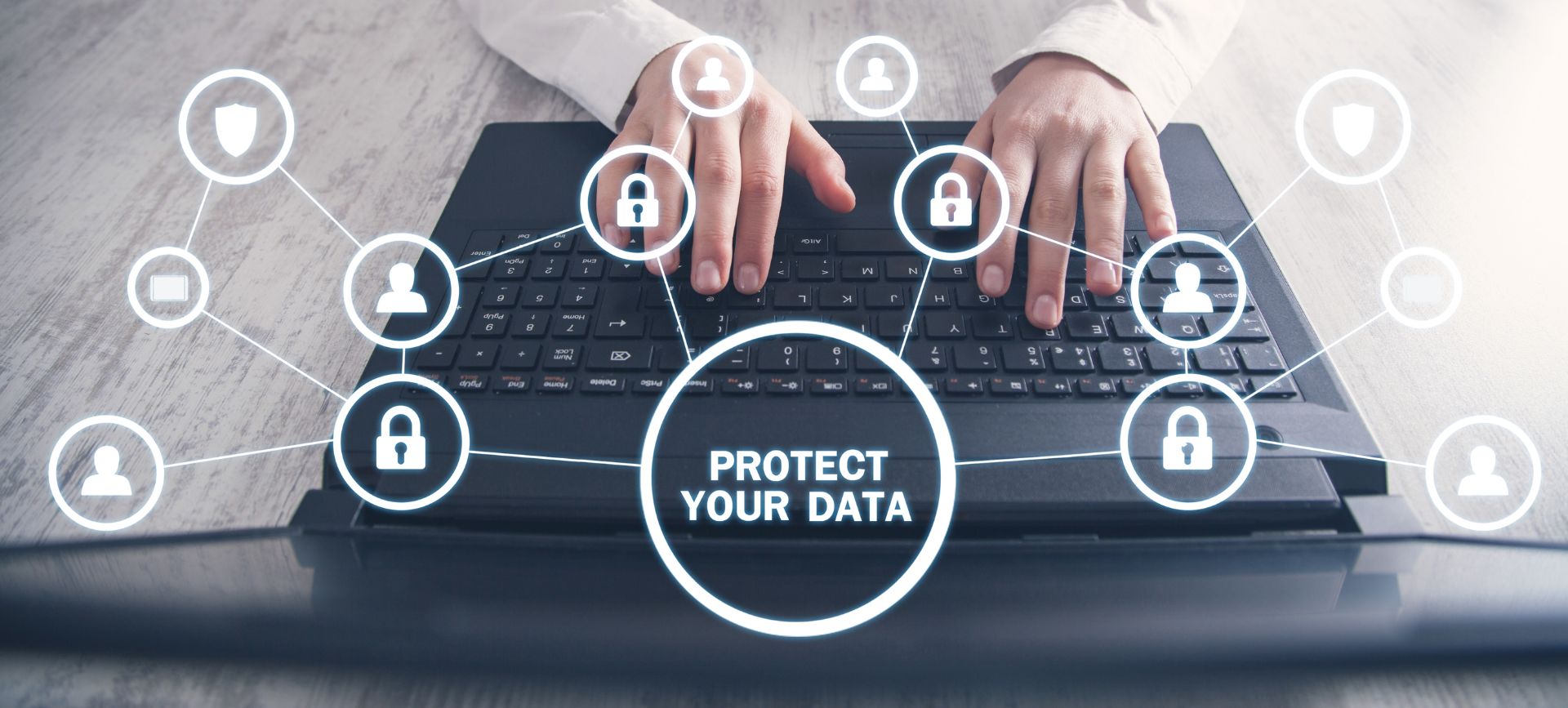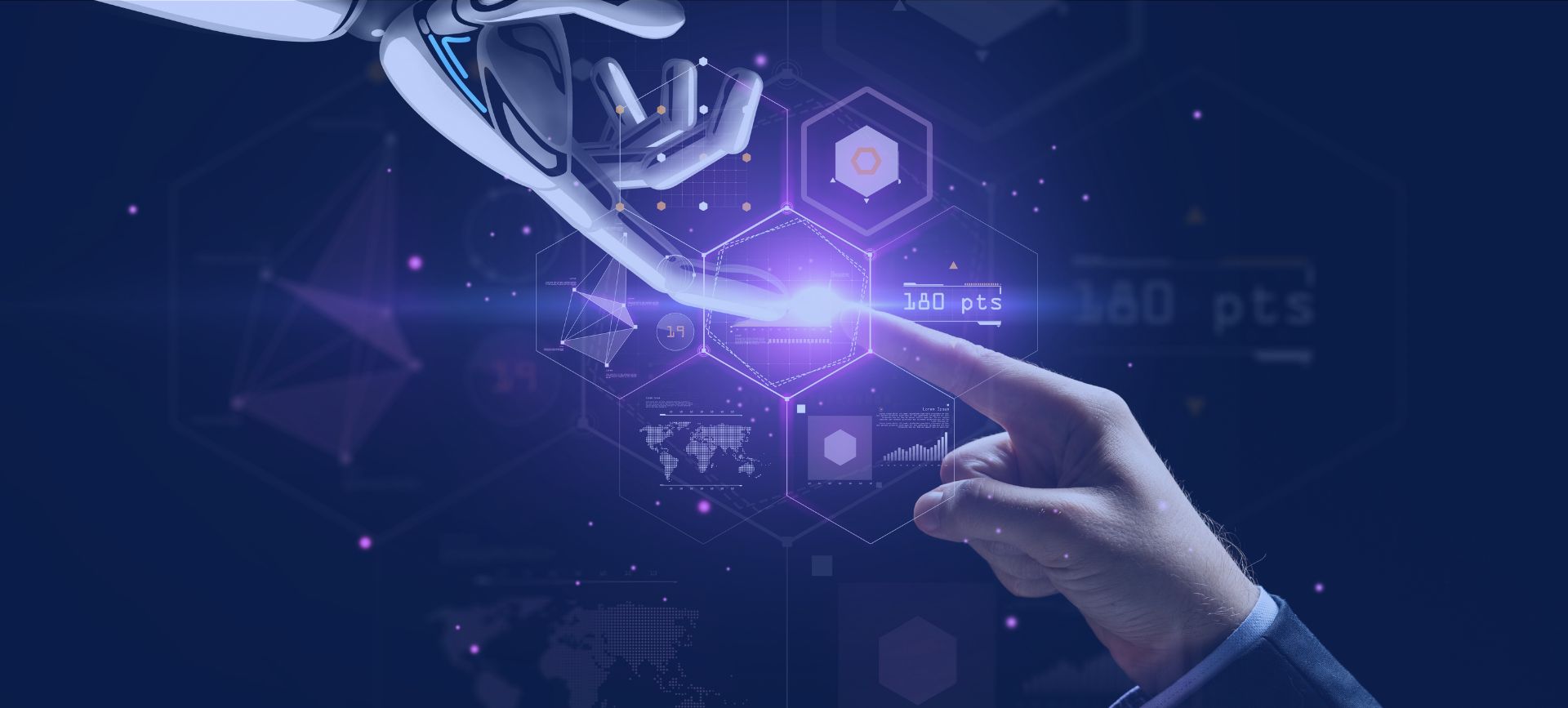Fundamentals of AI Automation in Enterprise Security
Fundamentals of AI Automation in Enterprise Security

Partie 1: Fondamentaux de l’Automatisation IA en Sécurité d’Entreprise
Introduction to AI in Enterprise Security
Artificial intelligence (AI) has revolutionized many sectors, including cybersecurity. It offers advanced automation capabilities that enable faster detection and response to security incidents. AI can analyze large amounts of data to identify trends and anomalous behavior, which is crucial for preventing attacks.

Our amazing team is always hard at work
Benefits of AI Automation
- Improved detection: AI can identify complex, hidden threats faster than traditional methods.
- Incident Response: Automate responses to threats, reducing the time needed to contain them.
- Vulnerability Management: Proactive identification of potential security flaws in networks and applications.
- Continuous learning: AI adapts and learns continuously, improving accuracy and efficiency.
AI challenges in Cybersecurity
- Implementation complexity: Integrating AI into existing security systems can be complex and costly.
- Ethical and Legal Issues: Responsible use of data and respect for privacy.
- False Positives: Risk of incorrectly identifying legitimate activities as malicious.
- Data Dependency: The quality of the data feeding AI is crucial to its effectiveness.
Corporate Use Cases
- Anomaly Detection: Using AI to monitor networks and detect unusual behavior.
- Network Security Automation: AI manages and adjusts security configurations in real time.
- Predictive Analysis: Predict future attack attempts based on current trends.

Part 2: Practical Applications and Best Practices of AI in Enterprise Security
- Intrusion Detection and Prevention Systems (IDPS): Using AI to analyze network traffic and detect suspicious activity in real time.
- Automated Log Analysis: AI examines system logs for signs of malicious activity, often too subtle to be detected manually.
- Phishing protection: AI identifies phishing e-mails by analyzing language patterns and e-mail metadata.
- Endpoint security: Using AI to monitor and protect connected devices against malware and other threats.
Best Practices for Implementing AI in Cybersecurity
-
Choosing the Right Solution: Evaluate products according to specific business needs and existing IT environment.
-
Training and Awareness: Train security teams in the use and management of AI-based tools.
-
Data Management: Ensure the quality and relevance of the data feeding AI systems.
-
Ongoing Testing and Evaluation: Regularly test AI systems to assess their effectiveness and adjust parameters accordingly.
-
Privacy Compliance: Ensure that the use of AI in cybersecurity complies with data protection and privacy regulations.
Integrating AI into Global Security Strategy
-
Holistic approach: Integrate AI as part of a broader security strategy, in combination with other technologies and practices.
-
Collaboration and Information Sharing: Use AI to facilitate the sharing of threat information between different teams and organizations.
-
Incident Preparedness: Reinforce incident response plans with AI capabilities for rapid and effective reaction.
Conclusion and outlook
Automating security via AI offers significant benefits, but also brings challenges. Successful implementation requires careful planning, a thorough understanding of the technologies involved, and constant consideration of the ethical and legal implications. As AI continues to evolve, companies must remain informed and adaptive to take full advantage of its cybersecurity potential.
One Comment
Comments are closed.

Bonjour, ceci est un commentaire.
Pour débuter avec la modération, la modification et la suppression de commentaires, veuillez visiter l’écran des Commentaires dans le Tableau de bord.
Les avatars des personnes qui commentent arrivent depuis Gravatar.